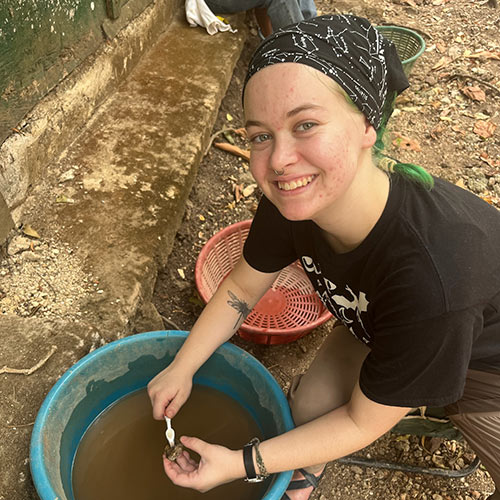
Archaeology and religious studies major builds hands-on skills through studying Maya ceramics
Teagan Knutson ’25, an archaeology and religious studies major at The College of Wooster, found the footing to thrive at a career in archaeology […]
Wooster offers a robust curriculum in both anthropological (or prehistoric) archaeology and historical archaeology. The program is designed both for majors and those students with an interest in archaeology as a significant, but not a major, emphasis in their liberal arts education. Wooster graduates make significant contributions to the field of archaeology, working in archaeology jobs at the National Park Service, in academia and as museum curators. Fieldwork is a highlight for many students, and recent projects have taken faculty and students to North Carolina, Connecticut, Illinois, and other U.S. locations, as well as Great Britain, Greece, Guatemala, Cyprus, Italy, Romania, Israel, and Jordan.
As they identify unique achievements and recurrent patterns in past societies, Wooster archaeologists take courses in languages, linguistics, art, literature, religion, history, anthropology and economics. The physical sciences are also an emphasis, and students take courses in geology, chemistry, and biology. Wooster students in archaeology experience the whole range of the discipline, from classroom studies, to fieldwork and lab research, to a formal presentation of the results in Independent Study and at academic conferences.
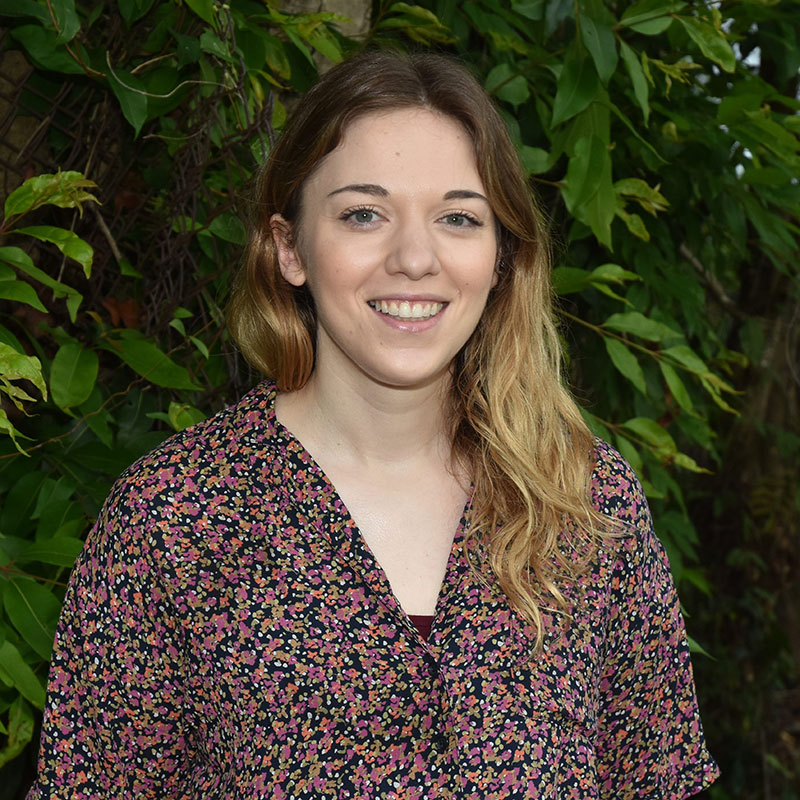
Juliana Wilson Thompson Visiting Assistant Professor of Anthropology and Archaeology
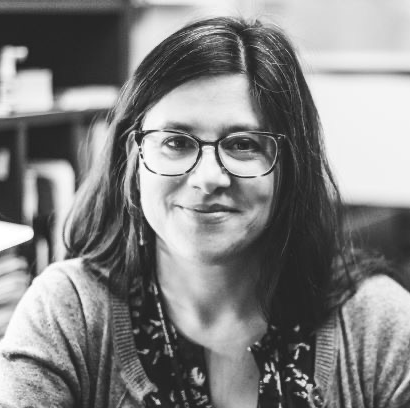
Professor of Archaeology, Sociology, and Anthropology; Program Chair for Archaeology
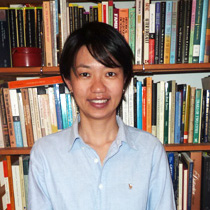
Associate Professor and Chair of History; Archaeology; Chinese Studies; Program Chair of East Asian Studies; Co-Liaison to the Public Health Pathway

Administrative Coordinator - Africana Studies, Archaeology, East Asian Studies, Middle Eastern & North African Studies, Religious Studies, Sociology and Anthropology, South Asian Studies, Urban Studies, Women's, Gender, and Sexuality Studies

Marian Senter Nixon Chair in Classical Civilization; Chair of Classical Studies

Teagan Knutson ’25, an archaeology and religious studies major at The College of Wooster, found the footing to thrive at a career in archaeology […]
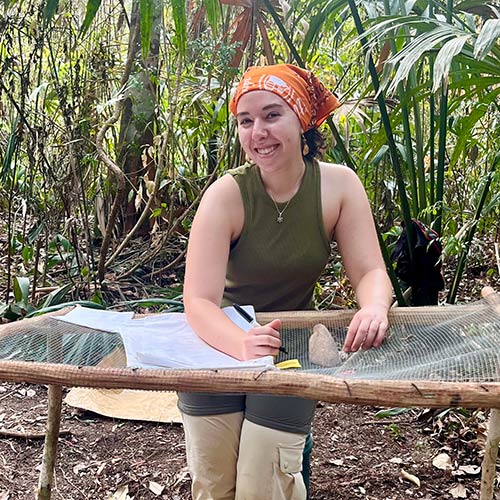
Sydney Berenson ’25, an archaeology major and Spanish & museum studies minor at The College of Wooster, was offered the opportunity to spend her […]
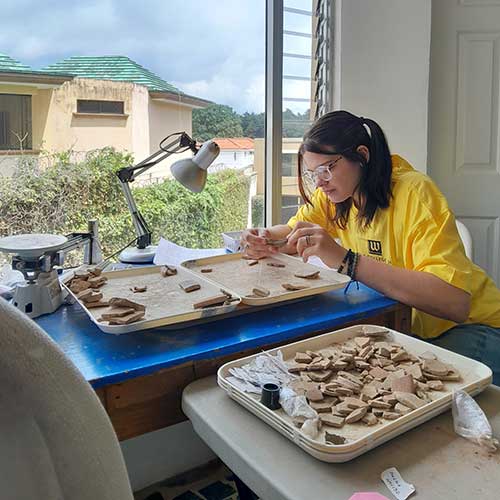
Des Smith ’25, an environmental geoscience and archaeology major at The College of Wooster, completed an APEX fellowship with Proyecto Arqueológico Waka’ (PAW), an […]
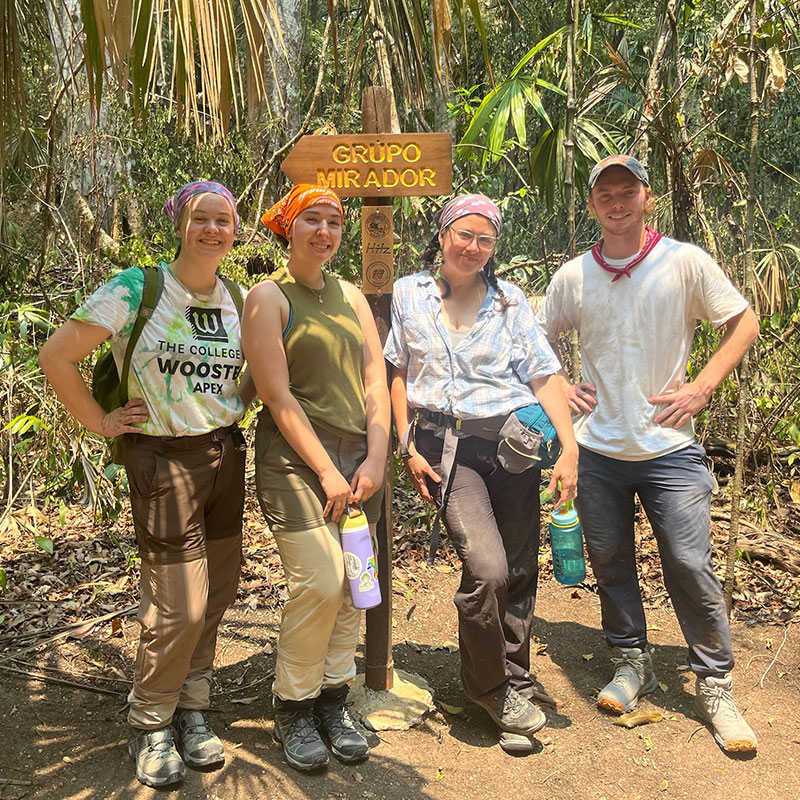
Archaeology major Henry McMahon spent the summer before his senior year at The College of Wooster in Guatemala surveying an ancient plaza inside El […]
The major in archaeology consists of 14 courses: eight in archaeological perspectives and methods (including three of Independent Study), plus six in one of the following areas of emphasis: anthropology, art, classical studies, history or geology.
View CoursesA minor in archaeology requires completion of six courses: two introductory courses on archaeology and the methods and theory of archaeology, followed by four courses from interdisciplinary options that include history, anthropology, sociology and Latin.
View CoursesIndependent Study (I.S.) at Wooster provides a chance for each student to pursue in depth an area of their own choosing, with the one-on-one guidance of a faculty member. Many archaeology students elect to do their I.S. projects on laboratory or field studies in which they have engaged. The Archaeology Department encourages students to present their I.S. work at regional or national professional meetings, such as the Central States Anthropological Society or the Society for American Archaeology, or at student colloquia on campus. Students find that I.S. prepares them well for graduate study.
| Student | Year | I.S. Title | Major 1 | Major 2 | Advisor |
|---|---|---|---|---|---|
| Please search to view results | |||||
Archaeology major Henry McMahon spent the summer before his senior year at The College of Wooster in Guatemala surveying an ancient plaza inside El […]
Name: Anna Russell Major: Archeology Advisor: Olivia Navarro-Farr This project explores the ways in which ancient Maya women drew power from the moon, utilizing its prognostic […]
Name: Raena Gamble Major: Archaeology Minors: Classical Studies, Art History Advisors: Dr. Siavash Samei The marginalization of female voices is a common occurrence throughout […]
Name: Anabelle Andersen Majors: Archaeology and Art History Advisors: Siavash Samei and Kara Morrow The underground cities of Derinkuyu and Naours, respectively found in Turkey and […]
Many students take courses in archaeology simply because of an interest in the subject, but some do so in preparation for careers in teaching, museum curatorship, or field archaeology. Some recent examples:
Jade Robison’s work as an archaeologist at the National Park Service’s Tonto National Monument in Arizona, with 100 active archaeological sites, is most definitely […]
“Burial 80” found at site where professor Olivia Navarro-Farr leads a U.S.-Guatemalan archaeological project
The Vivian L. Holliday Prize was established in 1999 in honor of Vivian L. Holliday, Dean of the Faculty from 1977-1985 and Aylesworth Professor, Classical Studies, History, and Archeology, emerita, from 1961 until her retirement in 1999. This prize is awarded annually to the senior whose work in Independent Study in history, classical studies, or archaeology has been judged most outstanding.